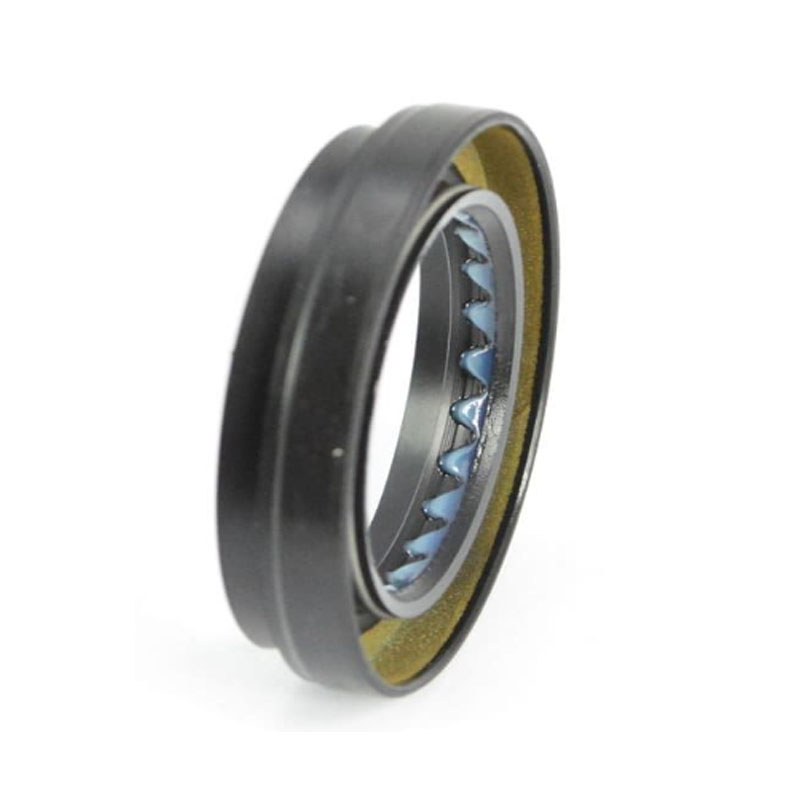oil seal spring
Understanding Oil Seal Springs Essential Components for Sealing Technology
Oil seals are crucial components in various machinery and automotive applications, designed to prevent the leakage of oil and other fluids. These seals are subject to various operational stresses, including pressure, temperature fluctuations, and movement, which can affect their performance and longevity. One vital element that contributes to the optimal functioning of oil seals is the oil seal spring.
What is an Oil Seal Spring?
An oil seal spring, often referred to as a garter spring, is a small but significant component that helps maintain the sealing force of an oil seal against the shaft or housing. Typically made of high-quality stainless steel or spring steel, these springs assist in the dynamic sealing application, ensuring that the seal remains in contact with the shaft under varying operational conditions.
Importance of Oil Seal Springs
1. Maintaining Contact Pressure The primary function of the oil seal spring is to exert a consistent sealing force against the rotating shaft. This contact pressure is essential to reduce the potential for leakage, especially in high-speed applications. The spring's ability to maintain this pressure as the oil seal wears over time is crucial for ensuring long-term performance.
2. Compensation for Wear Over time, oil seals can experience wear due to friction and other operational factors. An oil seal spring is designed to compensate for this wear, allowing the seal to adapt while continuing to prevent leaks. This adaptability is vital in maintaining the integrity of machinery and preventing costly downtime.
oil seal spring

3. Temperature Variability In many applications, oil seals are subject to significant temperature changes. Oil seal springs play an essential role in accommodating these variances. They remain flexible and resilient even when subjected to heat, ensuring that the seal's functionality is not compromised under thermal stress.
4. Easy Installation and Replacement Oil seal springs are relatively easy to install and replace, making maintenance more straightforward. When replacing an oil seal, ensuring that the spring is intact and properly seated can help extend the life of the seal and maintain the efficiency of the machinery.
Choosing the Right Oil Seal Spring
Selecting the appropriate oil seal spring is critical for the effectiveness of the sealing arrangement. Factors to consider include the diameter of the shaft, the type of oil being sealed, operating temperatures, and pressure conditions. It is essential to consult with manufacturers or engineers specializing in sealing technology to ensure that the correct spring type, size, and material are chosen for the specific application.
Conclusion
In summary, oil seal springs are integral to the performance of oil seals. They provide essential support by maintaining contact pressure, compensating for wear, and accommodating temperature fluctuations. Understanding their role can aid in selecting the right components for machinery and ensuring optimal sealing performance. Proper maintenance and timely replacement of oil seals and their springs can prevent fluid leaks, enhance operational efficiency, and prolong the life of the equipment. Ultimately, investing in quality oil seal springs is a step towards ensuring reliability and longevity in any mechanical system.
-
Simplifying Oil Changes: A Comprehensive Guide to Oil Drain Plugs and Their Variants
News Aug.04,2025
-
Mastering Oil Drain Maintenance: Solutions for Stripped, Worn, and Upgraded Oil Plugs
News Aug.04,2025
-
Fixing Oil Pan Plug Issues: Leaks, Stripped Nuts, and the Right Replacement Solutions
News Aug.04,2025
-
Everything You Need to Know About Oil Drain Plugs: Sizes, Fixes, and Upgrades
News Aug.04,2025
-
Choosing the Right Oil Drain Plug: A Guide to Sizes, Materials, and Drain Innovations
News Aug.04,2025
-
A Complete Guide to Automotive Drain Plugs: Types, Problems, and Innovative Solutions
News Aug.04,2025
-
The Ultimate Guide to Car Repair Kits: Tools and Essentials Every Driver Should Own
News Aug.01,2025
Products categories















